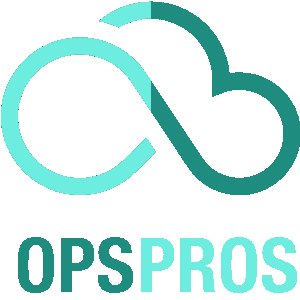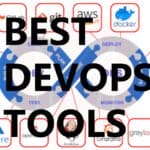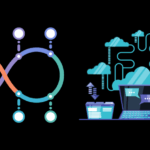Adopting any compliance framework that comes your way is the wrong approach in DevOps. I’ve seen countless teams falling into this trap, ending up with conflicting standards and wasted resources. Instead, focus on carefully selecting and implementing the top compliance frameworks specifically designed for DevOps, and watch as your workflow seamlessly aligns with industry norms.
Compliance is crucial in the world of DevOps. It ensures that your systems are secure and your processes are transparent. Without it, organizations face hefty fines and loss of trust.
Understanding Compliance Frameworks
Compliance frameworks are guidelines and practices that organizations follow to ensure they meet regulatory and industry standards. These frameworks help maintain data security, ensure privacy, and promote transparency.
Why Compliance Matters in DevOps
DevOps combines development and operations to streamline and automate processes. It enhances speed and efficiency. However, this integration can expose vulnerabilities if compliance is not prioritized. Compliance frameworks guide DevOps teams in securing their processes and protecting sensitive information.
GDPR (General Data Protection Regulation)
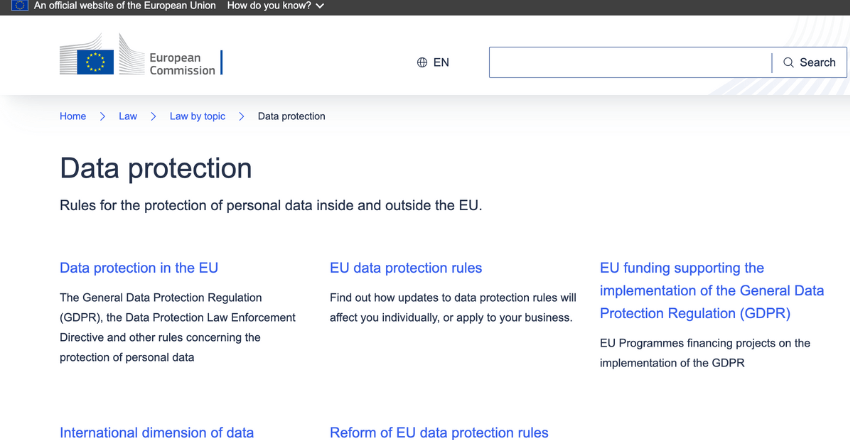
GDPR is a regulation in EU law on data protection and privacy for individuals within the European Union and the European Economic Area. It also addresses the transfer of personal data outside these areas.
Key Requirements:
- Data Protection by Design and by Default
- Consent for Data Processing
- Data Breach Notifications
- Appointment of Data Protection Officers (DPOs)
Implementation Steps:
- Conduct data audits to understand what personal data you hold.
- Implement robust data protection measures.
- Train your team on GDPR requirements.
- Establish protocols for data breach notifications.
HIPAA (Health Insurance Portability and Accountability Act)

HIPAA is a U.S. law that provides privacy standards to protect patients’ medical records and health information. It is essential for DevOps teams in healthcare to comply with HIPAA.
Key Requirements:
- Ensure confidentiality, integrity, and availability of electronic protected health information (ePHI).
- Protect against threats to ePHI security.
- Ensure workforce compliance.
Implementation Steps:
- Conduct risk assessments to identify vulnerabilities.
- Implement access controls to limit who can view ePHI.
- Encrypt ePHI during transmission and storage.
- Regularly review and update security measures.
PCI DSS (Payment Card Industry Data Security Standard)

PCI DSS is a set of security standards designed to ensure that all companies that accept, process, store, or transmit credit card information maintain a secure environment.
Key Requirements:
- Build and Maintain a Secure Network
- Protect Cardholder Data
- Maintain a Vulnerability Management Program
- Implement Strong Access Control Measures
Implementation Steps:
- Install and maintain a firewall configuration.
- Encrypt transmission of cardholder data across open, public networks.
- Develop and maintain secure systems and applications.
- Restrict access to cardholder data by business need to know.
ISO 27001
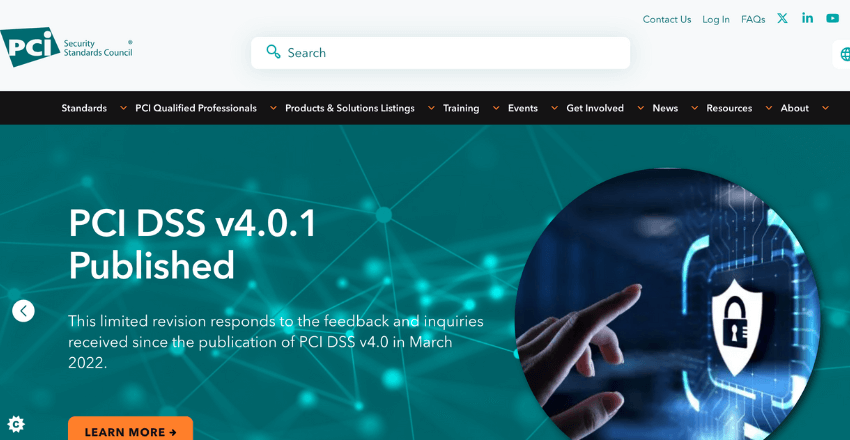
ISO 27001 is an international standard for information security management systems (ISMS). It provides a systematic approach to managing sensitive company information, ensuring it remains secure.
Key Requirements:
- Establish an ISMS policy.
- Define the scope of the ISMS.
- Conduct a risk assessment and treatment.
- Monitor, review, and improve the ISMS.
Implementation Steps:
- Define your ISMS policy and objectives.
- Conduct risk assessments and implement risk treatment plans.
- Ensure continuous improvement of the ISMS.
- Train employees on ISMS policies and procedures.
NIST Cybersecurity Framework
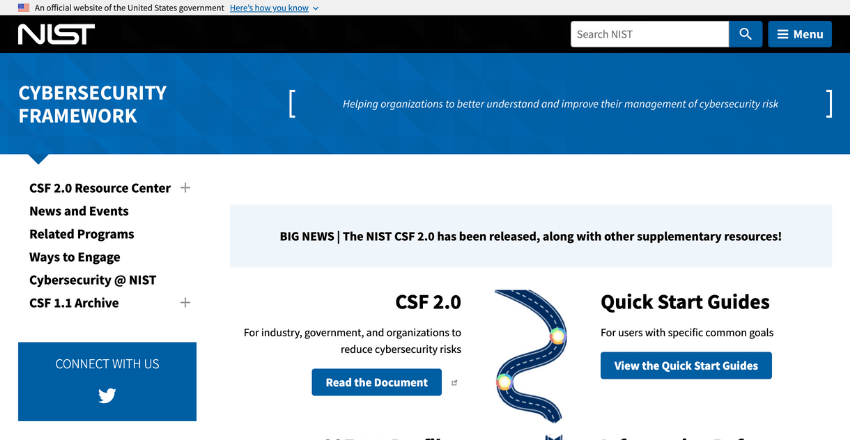
The NIST Cybersecurity Framework provides a policy framework for computer security guidance on how private sector organizations in the U.S. can assess and improve their ability to prevent, detect, and respond to cyberattacks.
Key Requirements:
- Identify
- Protect
- Detect
- Respond
- Recover
Implementation Steps:
- Identify critical assets and assess vulnerabilities.
- Implement protective measures and security controls.
- Monitor for security breaches and respond promptly.
- Develop a recovery plan for restoring operations.
CIS Controls
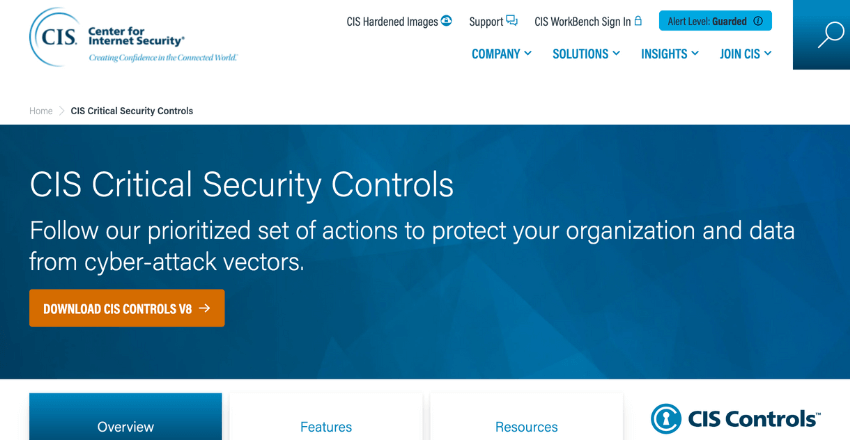
The Center for Internet Security (CIS) Controls are a set of best practices for securing IT systems and data against cyber threats. These controls are prioritized and focus on key actions to improve cybersecurity posture.
Key Requirements:
- Inventory and Control of Hardware Assets
- Inventory and Control of Software Assets
- Continuous Vulnerability Management
- Controlled Use of Administrative Privileges
Implementation Steps:
- Maintain an inventory of all hardware and software assets.
- Implement continuous monitoring and vulnerability management.
- Use multi-factor authentication and strong passwords.
- Restrict administrative privileges to essential personnel.
SOX (Sarbanes-Oxley Act)

SOX is a U.S. law that sets requirements for all U.S. public company boards, management, and public accounting firms. It is designed to protect investors by improving the accuracy and reliability of corporate disclosures.
Key Requirements:
- Establish internal controls for financial reporting.
- Conduct regular audits.
- Maintain transparency in financial reporting.
Implementation Steps:
- Implement strong internal controls and regular audits.
- Ensure financial reports are accurate and transparent.
- Train employees on SOX compliance requirements.
GxP (Good Practice)
GxP is a general term for good practice quality guidelines and regulations. It includes manufacturing (GMP), clinical (GCP), and laboratory (GLP). These guidelines are crucial for regulated industries like pharmaceuticals and biotechnology.
Key Requirements:
- Ensure product safety and quality.
- Maintain accurate and complete records.
- Conduct regular audits and inspections.
Implementation Steps:
- Implement good manufacturing, clinical, and laboratory practices.
- Maintain detailed records of all processes.
- Conduct regular internal and external audits.
Comparison Table
| Compliance Framework | Key Requirements | Industries |
|---|---|---|
| GDPR | Data protection by design, consent, data breach notifications | All industries handling EU data |
| HIPAA | ePHI security, risk assessments, access controls | Healthcare |
| PCI DSS | Secure network, protect cardholder data, vulnerability management | Finance, e-commerce |
| ISO 27001 | ISMS policy, risk assessments, continuous improvement | All industries |
| NIST | Identify, protect, detect, respond, recover | All industries |
| CIS Controls | Inventory, vulnerability management, administrative controls | All industries |
| SOX | Internal controls, audits, financial transparency | Public companies |
| GxP | Safety, quality, accurate records | Pharmaceuticals, biotechnology |
Implementing Compliance Frameworks
Conduct Regular Audits
Regular audits are the cornerstone of a robust compliance strategy. They help identify gaps and weaknesses in your processes, ensuring that all standards are consistently met.
Steps for Effective Audits:
- Define Audit Scope: Start by defining the scope of your audits. Determine which processes, systems, and data will be reviewed. This helps in focusing efforts and resources effectively.
- Internal vs. External Audits: Conduct both internal and external audits. Internal audits can be scheduled more frequently and help in identifying issues early. External audits, on the other hand, provide an unbiased assessment and are often required for regulatory compliance.
- Audit Checklist: Develop a comprehensive audit checklist based on the compliance framework you are following. This checklist should cover all necessary criteria and controls.
- Review Findings: After conducting the audit, review the findings in detail. Identify any non-compliance issues, their root causes, and potential risks associated with them.
- Corrective Actions: Develop and implement corrective actions to address any identified issues. This may involve updating policies, improving processes, or providing additional training.
- Follow-Up Audits: Schedule follow-up audits to ensure that corrective actions have been effective and that compliance has been restored.
Example: For instance, if your organization needs to comply with GDPR, your audit might include reviewing how personal data is collected, stored, and processed. You’ll check if data protection by design principles are followed, if there are proper consent mechanisms in place, and if data breach notification procedures are clearly defined and practiced.
Train Your Team
Your team plays a critical role in maintaining compliance. Everyone must understand their responsibilities and the importance of adhering to compliance requirements.
Steps for Effective Training:
- Develop Training Programs: Create comprehensive training programs that cover the essential aspects of the compliance frameworks relevant to your organization.
- Regular Training Sessions: Conduct regular training sessions to keep your team updated on any changes in compliance requirements. Use a mix of online courses, workshops, and seminars.
- Role-Specific Training: Provide role-specific training to ensure that each team member understands how compliance impacts their particular responsibilities.
- Evaluate Understanding: Use quizzes, assessments, and practical exercises to evaluate the team’s understanding of the compliance requirements. Address any gaps in knowledge promptly.
- Continuous Education: Encourage continuous learning and staying informed about the latest compliance trends and updates. This can be facilitated through subscriptions to industry publications, attending conferences, and joining professional networks.
Example: In a healthcare setting where HIPAA compliance is crucial, training would include educating staff on handling electronic protected health information (ePHI), understanding the implications of unauthorized access, and knowing the procedures for reporting potential breaches.
Use Automation Tools
Automation tools are invaluable in maintaining compliance, reducing manual errors, and streamlining processes.
Steps for Effective Automation:
- Identify Repetitive Tasks: Identify tasks that are repetitive and prone to human error, such as data entry, monitoring, and reporting.
- Select Appropriate Tools: Choose automation tools that align with your compliance needs. Look for features like automated auditing, compliance management, and real-time monitoring.
- Integrate with Existing Systems: Ensure that the automation tools can integrate seamlessly with your existing systems and workflows. This will facilitate smoother implementation and operation.
- Configure and Customize: Configure the tools according to your specific compliance requirements. Customize dashboards and reports to get the insights you need.
- Regular Updates and Maintenance: Keep your automation tools updated to handle new compliance requirements and threats. Regularly review their performance and effectiveness.
Example: For PCI DSS compliance, you could use automation tools to continuously monitor network security, manage vulnerability scans, and track access to cardholder data. Tools like Splunk or Qualys can provide real-time alerts and comprehensive reports.
Monitor Continuously
Continuous monitoring is essential to detect and address issues promptly, ensuring ongoing compliance and security.
Steps for Effective Monitoring:
- Define Monitoring Metrics: Establish clear metrics and indicators to monitor compliance. These might include access logs, data transfer records, and security incident reports.
- Use Monitoring Tools: Implement tools that provide continuous monitoring capabilities. These tools should offer real-time alerts and comprehensive visibility into your systems and processes.
- Regular Reviews: Conduct regular reviews of the monitoring data to identify any anomalies or signs of non-compliance.
- Incident Response Plan: Develop a robust incident response plan to address any issues that are identified through monitoring. This plan should include steps for containment, investigation, and resolution.
- Feedback Loop: Create a feedback loop where insights from monitoring are used to improve processes and prevent future non-compliance issues.
Example: For ISO 27001 compliance, you could use security information and event management (SIEM) systems to continuously monitor for security incidents, ensuring that any breach attempts are detected and mitigated promptly.
Document Everything
Documentation is a vital part of compliance. It provides a clear record of your processes, audits, and improvements, demonstrating your commitment to maintaining high standards.
Steps for Effective Documentation:
- Document Processes: Clearly document all compliance-related processes and procedures. Ensure these documents are easily accessible to relevant team members.
- Audit Logs: Maintain detailed logs of all audits, including the scope, findings, corrective actions, and follow-up results.
- Training Records: Keep records of all training sessions, including the content, attendance, and assessment results.
- Incident Reports: Document all incidents, including the nature of the incident, response actions taken, and measures implemented to prevent recurrence.
- Regular Updates: Regularly update your documentation to reflect any changes in processes, tools, or compliance requirements.
Example: In the context of SOX compliance, you would document all financial reporting processes, internal controls, and audit results. This documentation is essential for demonstrating compliance during external audits and for internal reviews.
Wrapping up

Compliance frameworks are essential for DevOps teams. They ensure security, transparency, and trust. By implementing frameworks like GDPR, HIPAA, and PCI DSS, you can protect your data and stay compliant. Regular audits, team training, and automation tools will help maintain compliance. Stay proactive and vigilant to ensure your DevOps processes meet the required standards.
Compliance is not just about avoiding fines. It’s about building a secure and trustworthy organization. Embrace these frameworks and make compliance a core part of your DevOps strategy.
James is an esteemed technical author specializing in Operations, DevOps, and computer security. With a master’s degree in Computer Science from CalTech, he possesses a solid educational foundation that fuels his extensive knowledge and expertise. Residing in Austin, Texas, James thrives in the vibrant tech community, utilizing his cozy home office to craft informative and insightful content. His passion for travel takes him to Mexico, a favorite destination where he finds inspiration amidst captivating beauty and rich culture. Accompanying James on his adventures is his faithful companion, Guber, who brings joy and a welcome break from the writing process on long walks.
With a keen eye for detail and a commitment to staying at the forefront of industry trends, James continually expands his knowledge in Operations, DevOps, and security. Through his comprehensive technical publications, he empowers professionals with practical guidance and strategies, equipping them to navigate the complex world of software development and security. James’s academic background, passion for travel, and loyal companionship make him a trusted authority, inspiring confidence in the ever-evolving realm of technology.
